3633 results for «361»
3633 results
New diagnostic and therapeutical tools in the coronary field
21 May 2025 – From EuroPCR 2025
Explore the latest advancements in diagnostic and therapeutic tools in coronary interventions. This session covers a range of innovative topics including the prognostic impact of QFR-based complete versus incomplete revascularisation, hybrid perfusion quantification with cardiac CT and echocardiography, clinical validation of AI-assisted coronary angiography, national audit...

How complex left main intervention can be?
21 May 2025 – From EuroPCR 2025
Stay updated on the complexities of left main coronary artery interventions with this comprehensive session. Delve into the latest guidelines and trial data for 2025, understand the meticulous preparation and advanced techniques involved, and examine potential adverse effects and complications through real-world complex case scenarios.
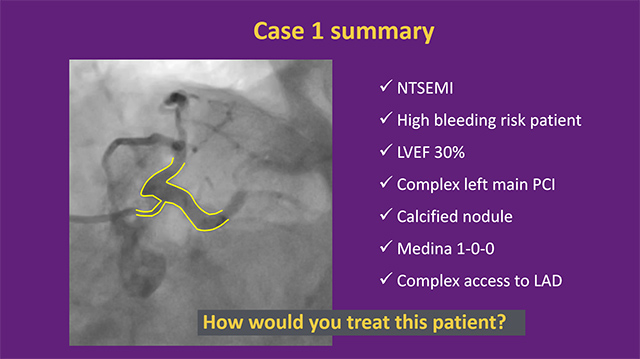
Imaging coronary artery disease – New frontiers
21 May 2025 – From EuroPCR 2025
Delve into new frontiers in imaging coronary artery disease, shifting focus from ischemia to plaque characteristics for revascularisation decisions. This session highlights the pivotal role of intracoronary imaging in understanding complex vessel anatomy and planning treatment, illustrated through detailed case studies showcasing unusual anatomies requiring tailored...
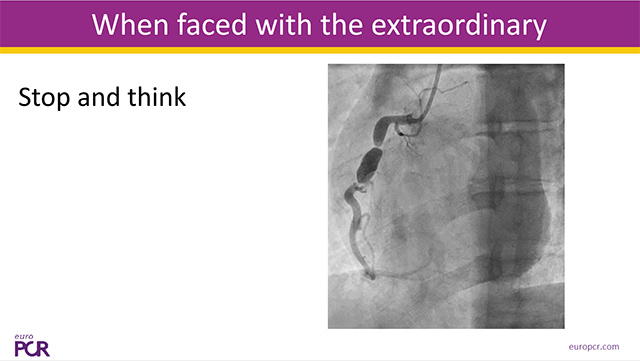
Updates in transcatheter MVR
21 May 2025 – From EuroPCR 2025
This session provides a detailed overview of recent advances in transcatheter mitral valve replacement (TMVR). Examine outcomes from next-generation transcatheter heart valves, long-term clinical data from mitral valve-in-valve and valve-in-ring procedures, and explore innovative approaches including transseptal MVR with insights from global studies.
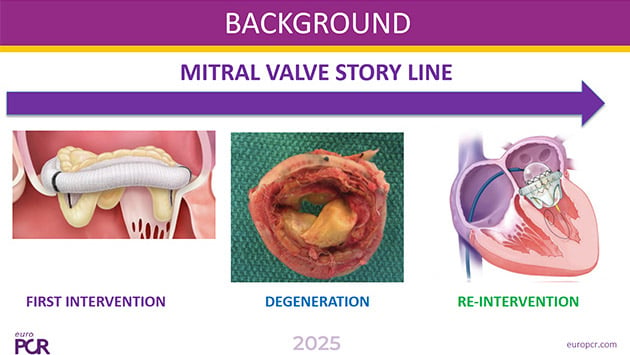
TAVI in challenging cases: pushing the limits
21 May 2025 – From EuroPCR 2025
Navigate challenging TAVI cases with this focused session emphasizing valve-in-valve procedures in complex anatomical scenarios. Learn strategies for managing TAVI in patients with multivessel disease and impaired ventricular function, and optimize procedural planning using advanced imaging, access methods, and device selection through detailed case presentations and...

Cathlab harmony: building high-performance teams
21 May 2025 – From EuroPCR 2025
Discover strategies to build and maintain high-performance teams in the cathlab environment. This session outlines how to foster a collaborative culture, address toxic behaviors, and effectively train and integrate team members to enhance teamwork and procedural success in cardiovascular interventions.
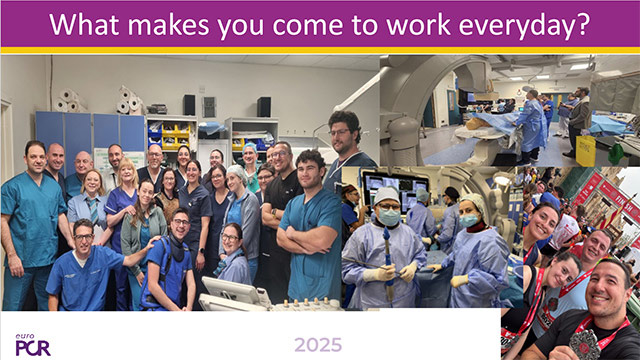
DES and bioadaptator technologies in contemporary practice
21 May 2025 – From EuroPCR 2025
Delve into contemporary practice with this session on drug-eluting stents (DES) and bioadaptator technologies. Gain insights from international studies on complex PCI outcomes, comparative data from randomized trials, and real-world experiences focusing on high bleeding risk patients and elderly cohorts treated with ultrathin strut and new-generation...
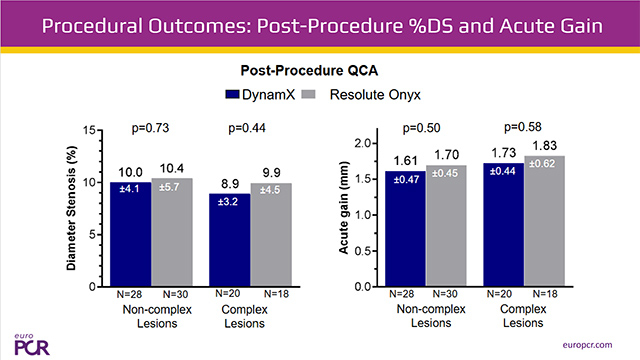
Management of non-culprit lesions in patients with ACS and multivessel disease
21 May 2025 – From EuroPCR 2025
This session addresses the optimal management of non-culprit lesions (NCL) in patients with acute coronary syndrome (ACS) and multivessel disease. Learn about angiography, imaging, and FFR-guided strategies, timing considerations for PCI in high-risk NSTEMI patients, and patient selection for early staged PCI post-STEMI through detailed case...
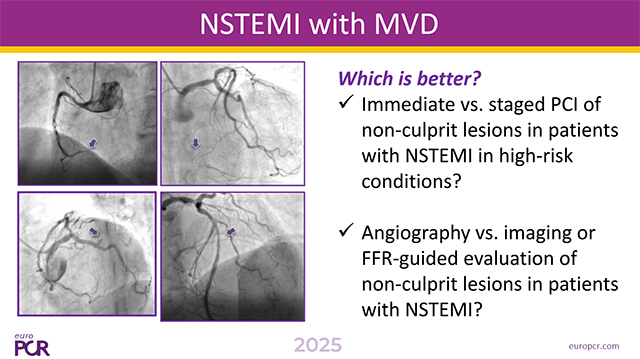
CTO, modern challenges and solutions
21 May 2025 – From EuroPCR 2025
Address modern challenges in chronic total occlusion (CTO) interventions with this session focusing on the latest technologies and techniques. Learn key procedural strategies and best practices through detailed case studies, and understand how evolving technology is shaping the future of CTO revascularization.
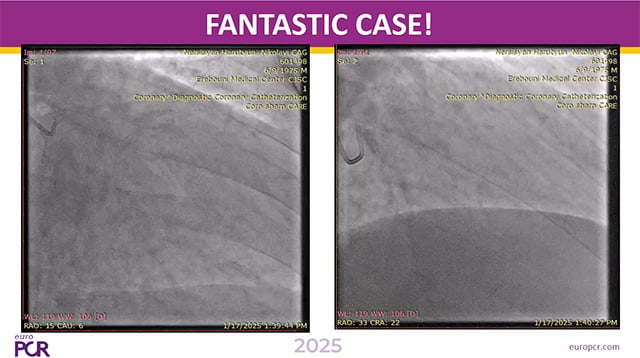
New evidence in the PFO closure
21 May 2025 – From EuroPCR 2025
Gain new insights into patent foramen ovale (PFO) closure with this session exploring age-related outcomes, risk of atrial arrhythmia, and patient selection improvements. Review various imaging approaches for assessing residual shunts and compare guidance techniques including TEE, fluoroscopy, and intracardiac echo from recent clinical registries.
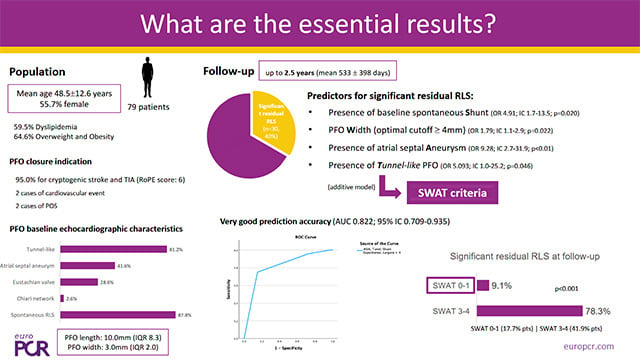
More on long-term responsiveness and effectiveness of renal denervation
21 May 2025 – From EuroPCR 2025
This session presents comprehensive data on the long-term responsiveness and effectiveness of renal denervation. Topics include outcomes in patients with chronic kidney disease, arterial stiffness correlations, safety profiles over nine years, and economic evaluations across European healthcare systems.
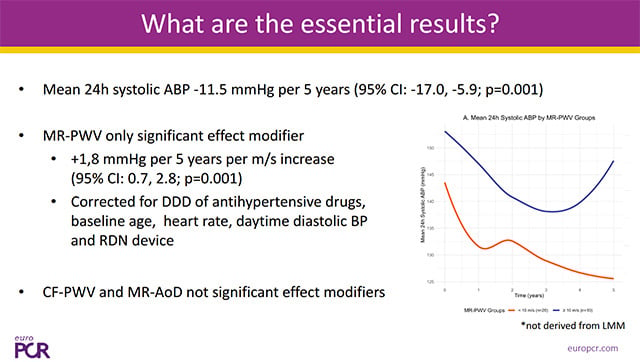
LAA closure and anthrombotic therapies
21 May 2025 – From EuroPCR 2025
Explore contemporary evidence on left atrial appendage (LAA) closure and associated antithrombotic therapies. This session covers strategies for antithrombotic de-escalation, efficacy and safety in patients with anticoagulation contraindications, breakthrough stroke etiology, and anatomical considerations in high-risk atrial fibrillation patients undergoing ablation.

Coronary scaffolds: new developments and applications
21 May 2025 – From EuroPCR 2025
Stay informed on advancements in coronary scaffolds with this session reviewing new developments and applications. Topics include comparative performance of magnesium-based bioresorbable stents, long-term clinical outcomes from the BIOMAG-I and FANTOM BRS studies, and real-world experiences with next-generation thin-strut scaffolds.
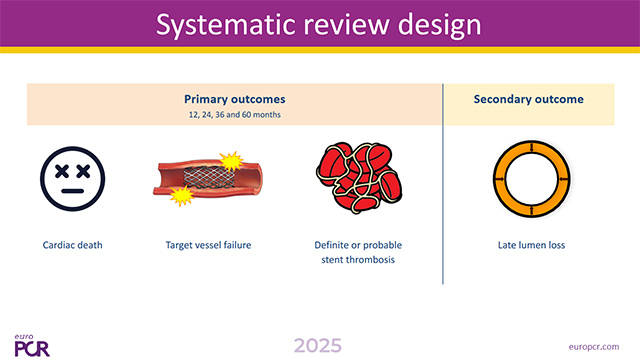
Mitral TEER in challenging scenarios - Part 2
21 May 2025 – From EuroPCR 2025
This session focuses on challenging scenarios encountered during mitral transcatheter edge-to-edge repair (TEER). Learn about management of complications such as haemolysis, device malfunctions, and complex vascular access issues, supported by instructive case presentations including bailout strategies in cardiogenic shock and infective endocarditis.

Imaging-based strategies for complication management in STEMI
21 May 2025 – From EuroPCR 2025
Discover imaging-based strategies to manage complications during STEMI interventions. This session discusses diagnostic clues such as spasm, stuck devices, and slow flow, and illustrates complex scenarios including extreme stent challenges and application of CTO techniques to STEMI cases for optimized outcomes.

Complication management during mitral TEER procedures
21 May 2025 – From EuroPCR 2025
Explore complex case scenarios of complication management during mitral TEER procedures. This session covers haemodynamic challenges, thrombotic events, device malfunctions, and rare embolisation incidents, providing practical insights into effective bailout techniques and procedural problem-solving.

Transcatheter tricuspid valve replacement in the real world: current data and outcomes
21 May 2025 – From EuroPCR 2025
Explore current real-world data and outcomes of transcatheter tricuspid valve replacement (TTVR). This session reviews UK single-centre experiences, registry data, long-term right ventricular remodeling effects, safety in pacemaker patients, and AI-based CT screening for patient selection.
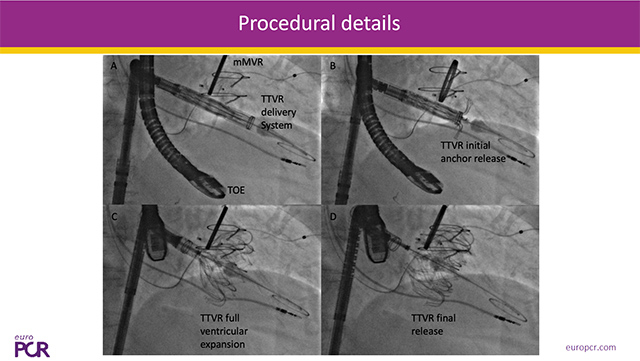
Metalfree PCI
21 May 2025 – From EuroPCR 2025
Explore metal-free PCI approaches emphasizing drug-coated balloon angioplasty and bioresorbable scaffold technologies. This session reviews angiographic outcomes in diffuse small vessel disease, bifurcation lesions, and acute myocardial infarction, alongside management strategies for restenosis post-DCB angioplasty, highlighting advancements in minimally invasive coronary interventions.
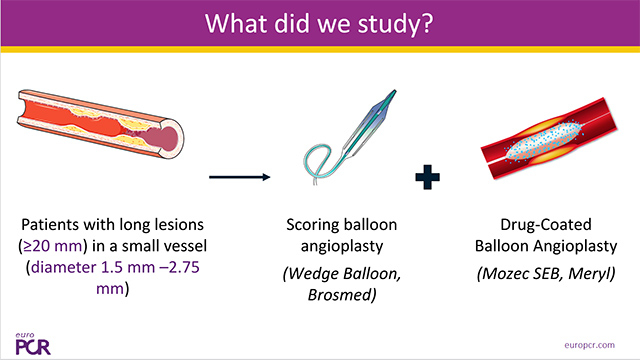
Enhancing knowledge in diagnosis ANOCA
21 May 2025 – From EuroPCR 2025
Enhance your understanding of the diagnosis of ANOCA through advanced diagnostic techniques. Topics include coronary endothelial function assessment, exercise stress testing for microvascular dysfunction, acetylcholine-induced coronary responses, and the clinical implications of myocardial bridge in provocative testing.

STEMI - What if a culprit lesion is not identifiable?
20 May 2025 – From EuroPCR 2025
Address challenging STEMI cases where culprit lesions are not immediately identifiable. This session emphasizes the utility of intravascular imaging in guiding decision-making and optimizing percutaneous interventions through illustrative cases involving left main stenosis, ambiguous culprit lesions, and etiological dilemmas in coronary occlusion.



